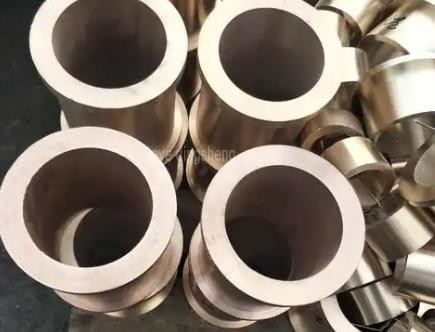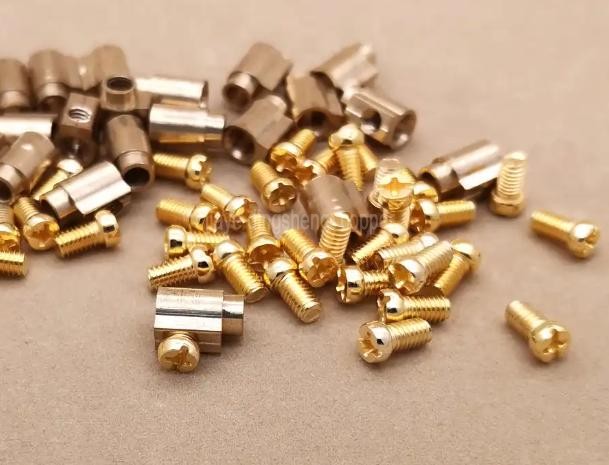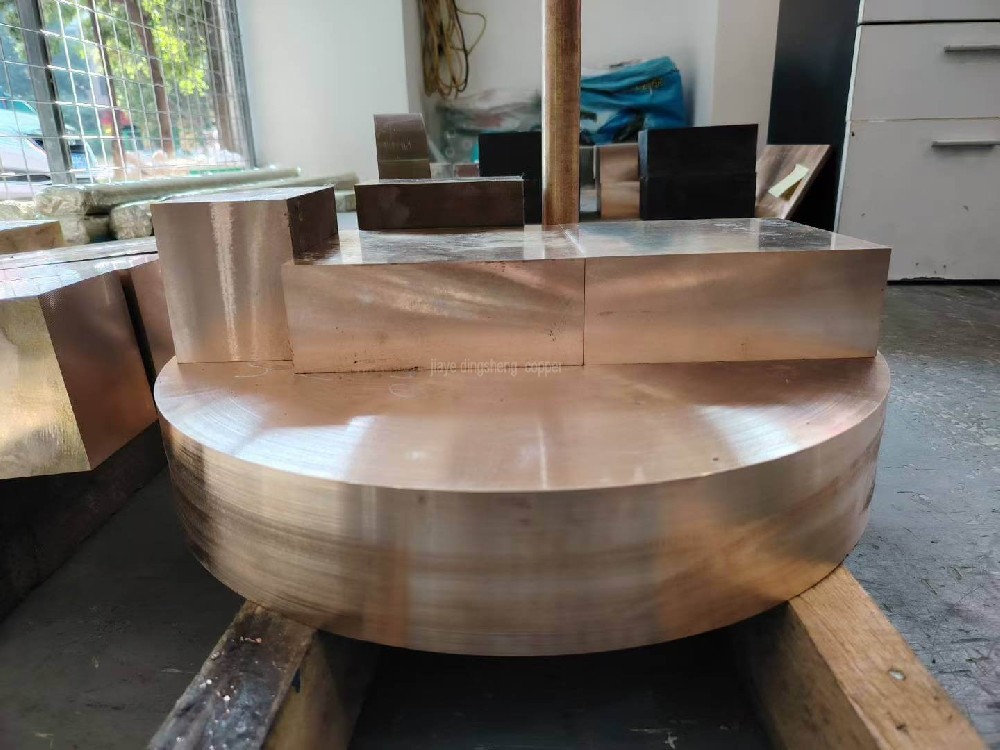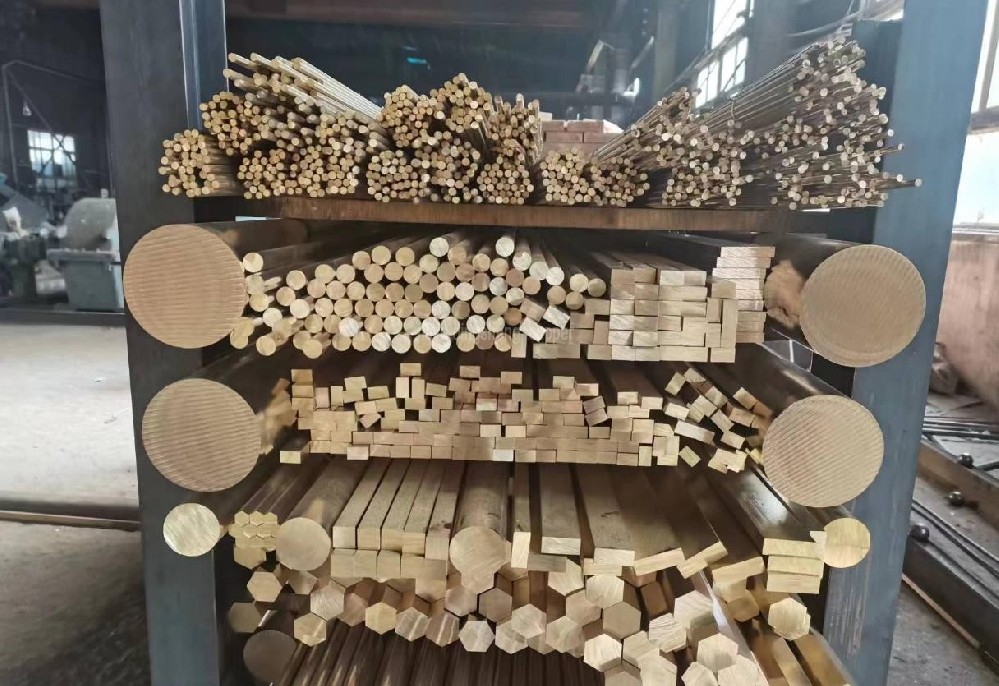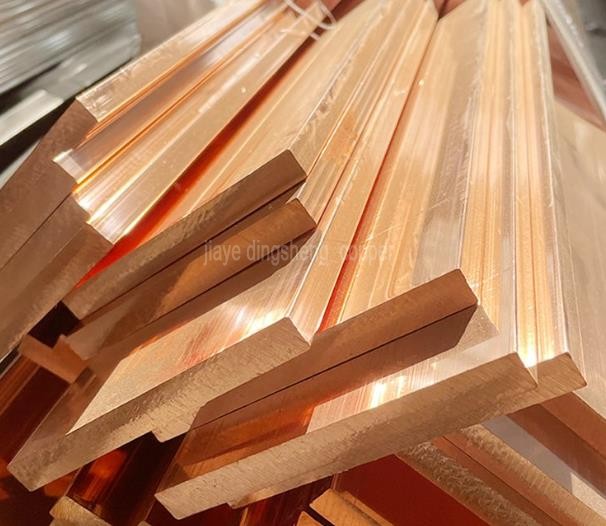The aging treatment process and precautions for beryllium bronze
The aging temperature of beryllium bronze is related to the content of Be. All alloys with a Be content less than 2.1% should undergo aging treatment. For alloys with a Be content greater than 1.7%, the optimal aging temperature is 300-330℃, and the holding time is 1-3 hours (depending on the shape and thickness of the part). For high conductivity electrode alloys with Be content lower than 0.5%, due to the increased melting point, the optimal aging temperature is 450-480℃, and the holding time is 1-3 hours. In recent years, dual-stage and multi-stage aging has been developed, that is, aging at a high temperature for a short time first, and then holding at a low temperature for a long time. The advantage of this is that the performance improves but the deformation is reduced. To improve the dimensional accuracy of beryllium bronze after aging, clamping can be used for aging, and sometimes separate two-stage aging treatment can be adopted.
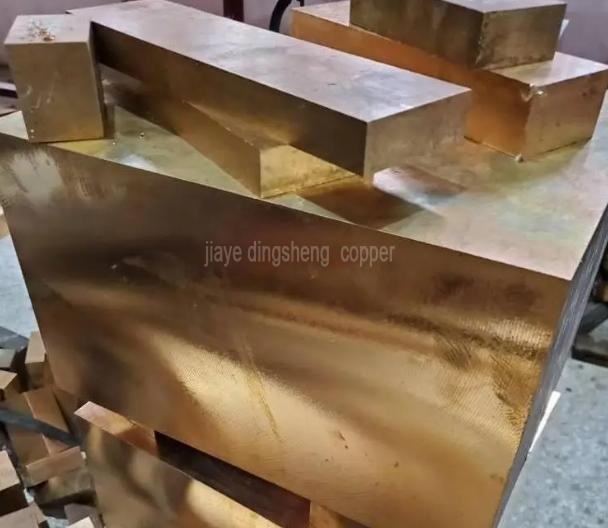
Preparation work
① For parts that need quenching or aging, the surface must be clean. During operation, gloves should be worn to prevent corrosion of the surface by sweat, oil stains, etc. at high temperatures.
② Quenching heating of beryllium bronze should be carried out in a purified ammonia decomposition atmosphere or amino atmosphere. Artificial aging can be carried out in the above-mentioned protective atmosphere or vacuum, or in a dedicated nitrate bath.
③ The quenching or aging temperature must be accurate. The accuracy of furnace temperature should be within 10℃.
④ For parts with complex geometric shapes or high dimensional accuracy requirements, the aging should be carried out in the corresponding fixture.
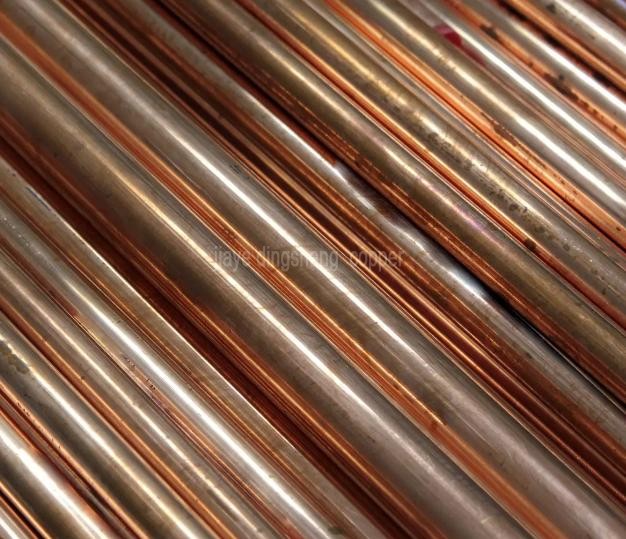
Quenching treatment
① The quenching temperature is generally (780 ± 10)℃. The quenching temperature can be adjusted according to the grain size of the alloy after quenching.
② Holding time: It can be calculated according to the following formula:
t = 1.5D + 10
Where t - holding time (min);
D - effective thickness of the workpiece (mm).
If the parts are heated in stacks, the holding time should be extended by 5-10 minutes as appropriate.
③ The quenching medium is 30℃ water.
④ The transfer time of quenched parts: The transfer time should be as short as possible, generally not exceeding 6 seconds. For thin and small parts, the transfer time should be shorter.
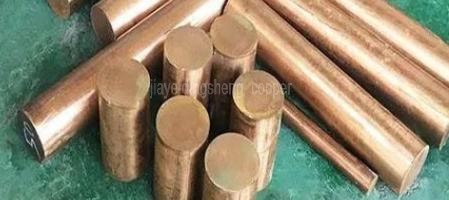
Quality inspection of quenched parts:
① The surface of the parts shall not have black oxide film, and there shall be no blistering.
② The main purpose of quenching is to conduct microstructure examination. The quenching structure should be uniform α phase, and a small amount of uniformly distributed particle β phase is allowed, but β phase should not be in a network or band-like distribution.
③ The grain size depends on the material thickness. For strip materials with a thickness of less than 0.3 mm, the grain size of the quenched parts should be within 0.015-0.045 mm; for strip materials with a thickness of ≥ 0.30-1.3 mm, the grain size should be within 0.015-0.055 mm. Fine grains indicate insufficient quenching heating, and coarse grains indicate over-quenching.
④ Hardness check (not as an assessment basis for quenching quality).
QBe2 ≤ 130HV; QBe1.9 ≤ 120HV; QBe1.7 ≤ 110HV; QBe2.15 ≤ 140HV.
Aging treatment
④ The aging temperature is related to alloy composition, impurity content, grain size, and cold deformation amount, etc. To achieve the peak state of alloy performance, the optimal aging process should be determined through experiments. The optimal aging specifications for domestic materials can be 2% - 5% "grain boundary reaction amount" as the microstructure standard for reaching the peak strengthening state.
② The normal aging specifications for domestic materials are generally: soft state materials (320 ± 10)℃ for 90 - 120 minutes; hard state materials (300 ± 10)℃ for 90 - 120 minutes.
Quality inspection of aging parts:
Status | QBe2 | QBe1.9 | QBe1.7 | QBe2.15 |
Soft state | ≥320HV | ≥350HV | ≥330HV | ≥360HV |
Hard state | ≥360HV | ≥370HV | ≥340HV | - |
① Hardness: After aging, the hardness should be mainly checked. The value should comply with the drawing, technical requirements or the following regulations:
② Microstructure (if necessary, check the microstructure randomly)
Normal aging: There should be obvious precipitated lines within the crystals, and discontinuous and closed black precipitates (i.e., grain boundary reactants) at the grain boundaries. The grain boundary reactants should account for 2% to 5% of the total area of the grain in the field of view. At this point, the alloy reaches the peak strengthening state.
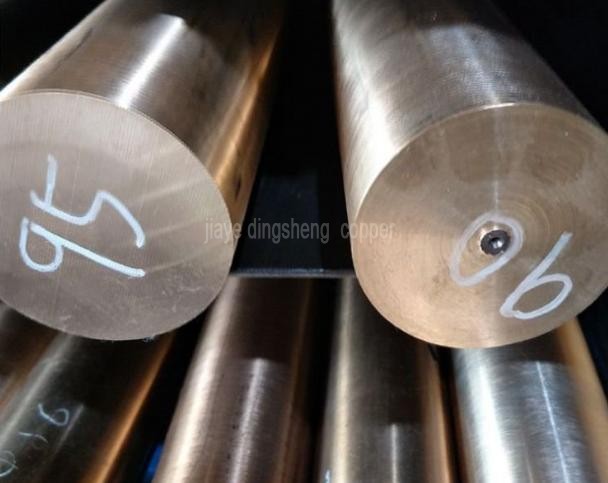
Insufficient aging: The grain boundaries are prone to corrosion, and the grain boundaries are wide and present a grooved shape. There are slight precipitated lines within the α crystals but no grain boundary reactants. At this time, the hardness of the alloy is low, and supplementary aging should be carried out.
Over aging: The grain boundary reactants exceed 10%, and they are continuous and closed in a net-like shape. At this point, the hardness of the alloy is low, the brittleness increases, and the part should be re-solution treated or scrapped.

